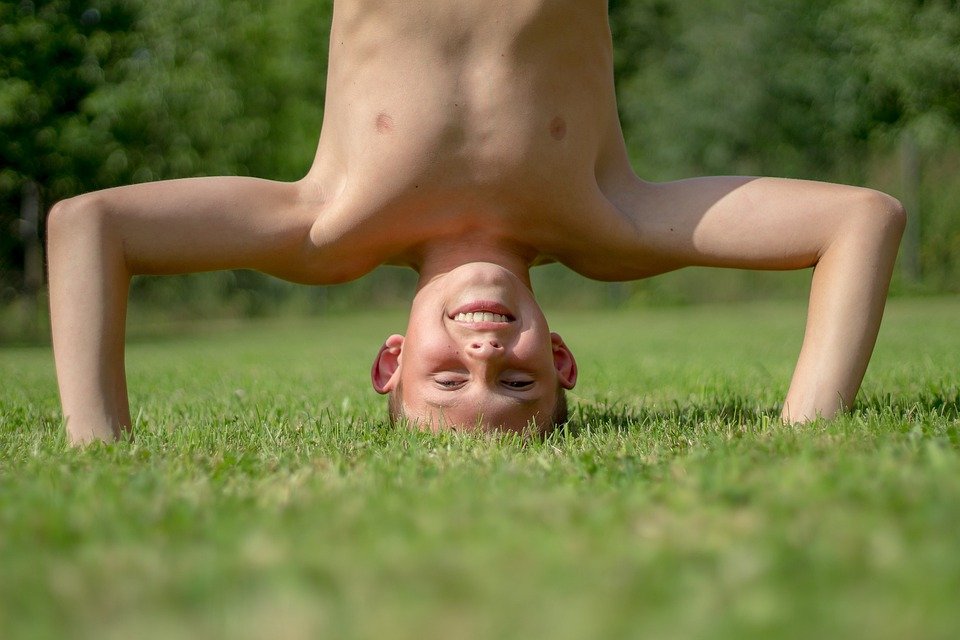The History and Evolution of Gymnastics: From Ancient Greece to the Olympics
Introduction
Gymnastics is a sport that combines strength, flexibility, and artistry in a captivating display of human ability. Throughout history, gymnastics has evolved from its roots in ancient Greece to become a cornerstone of the modern Olympic Games. In this article, we will explore the rich history of gymnastics, its development as a competitive sport, and its inclusion in the world’s most prestigious athletic event.
Ancient Greece: Birthplace of Gymnastics
Gymnastics finds its origins in ancient Greece, where physical fitness and the pursuit of excellence in both mind and body were highly valued. The word “gymnastics” itself is derived from the Greek word “gymnos,” meaning naked, as athletes in ancient Greece often practiced in the nude. Gymnastics was an integral part of the education system, with young men being trained in a variety of physical exercises to prepare them for military service.
The most famous ancient Greek gymnastics festival was the Olympic Games, held in Olympia every four years. These games showcased a wide range of physical contests, including gymnastics, which encompassed activities such as running, jumping, and wrestling. The athletes, known as gymnastai, were admired for their strength, agility, and grace.
The Renaissance and Early Modern Period
Following the decline of the ancient Greek civilization, gymnastics gradually fell out of favor during the Middle Ages. However, during the Renaissance in Europe, interest in ancient Greek culture was revived, leading to a resurgence of interest in gymnastics. The Italian educator, Girolamo Mercuriale, is credited with writing the first comprehensive treatise on gymnastics in the 16th century, in which he advocated for the importance of physical exercise and outlined various exercises and apparatuses.
In the early 19th century, Friedrich Ludwig Jahn, a German educator, reintroduced gymnastics as a form of physical education. Jahn developed a system of exercises, known as the German Turnverein, which included activities such as vaulting, parallel bars, and rings. This system laid the foundation for modern gymnastics and established Germany as a leading force in the sport.
The Birth of Modern Gymnastics
The turning point in the history of gymnastics came in the late 19th century with the establishment of the International Gymnastics Federation (FIG) in 1881. The FIG aimed to standardize gymnastics rules and regulations, ensuring fair competition and facilitating international collaboration. This marked the birth of modern gymnastics as a formalized sport.
The FIG introduced the first World Gymnastics Championships in 1903, which provided a platform for gymnasts from different countries to showcase their skills and compete for the title of world champion. The championships encompassed various disciplines, including artistic gymnastics, rhythmic gymnastics, and trampoline.
Artistic Gymnastics: The Pinnacle of Gymnastic Excellence
Artistic gymnastics, which includes floor exercises, vault, uneven bars, and balance beam for women, and floor exercises, pommel horse, still rings, vault, parallel bars, and horizontal bar for men, became the most popular and prestigious discipline within gymnastics. The elegance, strength, and precision required in artistic gymnastics captivated audiences worldwide.
The inclusion of artistic gymnastics in the Olympic Games further elevated its status. Gymnastics made its Olympic debut in 1896 at the Athens Games, with men’s artistic gymnastics being the only discipline featured. Women’s artistic gymnastics was added in 1928 and has since become a crowd favorite, regularly attracting large audiences.
Frequently Asked Questions (FAQs)
1. What are the different disciplines within modern gymnastics?
Modern gymnastics includes artistic gymnastics, rhythmic gymnastics, trampoline, and aerobic gymnastics. Each discipline has its unique set of skills and apparatuses.
2. How are gymnastics routines scored?
Gymnastics routines are scored based on a combination of difficulty and execution. Judges evaluate the complexity and execution of each element performed, awarding points accordingly.
3. How old do you have to be to start gymnastics?
Gymnastics can be practiced from a young age, with many children starting as early as three or four years old. However, it is never too late to begin gymnastics, and adults can also participate and benefit from the sport.
4. How has the sport of gymnastics evolved over time?
Gymnastics has evolved significantly over time, with the introduction of new apparatuses, increased difficulty levels, and the inclusion of new disciplines. The sport continues to push the boundaries of human ability, with gymnasts constantly innovating and pushing the limits of what is possible.
Conclusion
Gymnastics has come a long way from its origins in ancient Greece to becoming a centerpiece of the modern Olympic Games. Throughout history, gymnastics has evolved and transformed, captivating audiences with its combination of strength, flexibility, and artistry. From the ancient Greek gymnastai to the world-class athletes of today, gymnastics continues to inspire and push the boundaries of human achievement.


